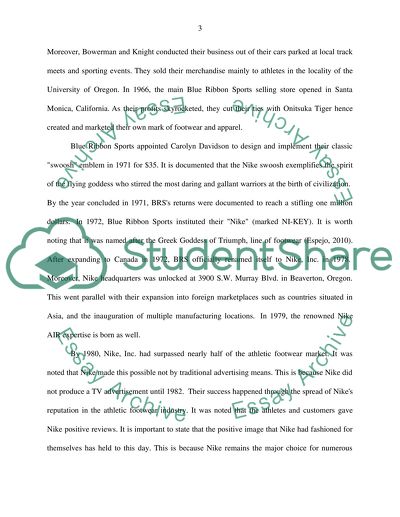Cite this document
(“Advertising campaign Essay Example | Topics and Well Written Essays - 2250 words”, n.d.)
Retrieved from https://studentshare.org/marketing/1495624-advertising-campaign
Retrieved from https://studentshare.org/marketing/1495624-advertising-campaign
(Advertising Campaign Essay Example | Topics and Well Written Essays - 2250 Words)
https://studentshare.org/marketing/1495624-advertising-campaign.
https://studentshare.org/marketing/1495624-advertising-campaign.
“Advertising Campaign Essay Example | Topics and Well Written Essays - 2250 Words”, n.d. https://studentshare.org/marketing/1495624-advertising-campaign.


